Slip-On Flanges
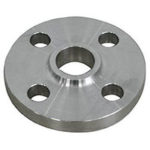
Slip-on Flanges have a lower initial cost than welding neck flanges because they require less accuracy in cutting pipe to length, and they provide a greater ease of alignment in assembly. However, their calculated strength under internal pressure is approximately 2/3’s the strength of welding neck flanges, and their life under fatigue is 1/3 shorter. Slip-on Flanges are limited to 1/2″ to 2½” sizes in 1500lbs standard.
Threaded Flanges
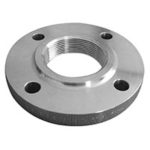
Threaded Flanges are used for special applications. They can be assembled without welding and can be used in extremely high pressure services–at or near atmospheric pressure–where alloy steel is essential for strength. Threaded flanges are not suited for conditions involving temperature or bending stresses, or under cyclic conditions where leakage through the threads may occur.
Weld Neck Flanges
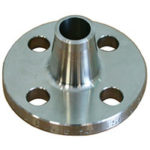
Weld Neck Flanges have a long tapered hub and gradual transition of thickness in the region of the butt weld joining them to the pipe. The tapered hub provides important reinforcement to the flange and resistance to dishing. This type of flange is preferred for severe service conditions resulting from high pressure, sub-zero or high temperatures.
Blind Flanges
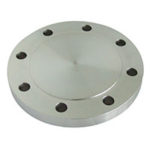
Blind Flanges are used to blank off the ends of piping, valves and pressure vessel openings. Blind Flanges can handle high stress from internal pressure and bolt loading since the maximum stresses in the blind flange are bending stresses at the center.
Socket Weld Flanges
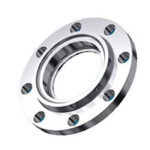
Socket Weld Flanges were developed for use on small size high pressure piping. With an internal weld, socket weld flanges are stronger and have greater fatigue strength than double welding a slip-on flange.Smooth bore conditions can be easily attained by grinding the internal weld. This flange is commonly used in chemical process piping.
Lap Joint Flanges
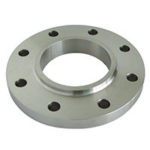
Lap Joint Flanges are used with lap joint stubs. Lap joint flanges are commonly used in carbon or low alloy steel piping systems that need to be frequently dismantled for inspection and cleaning. They should not be used at any points where severe bending stresses occur.